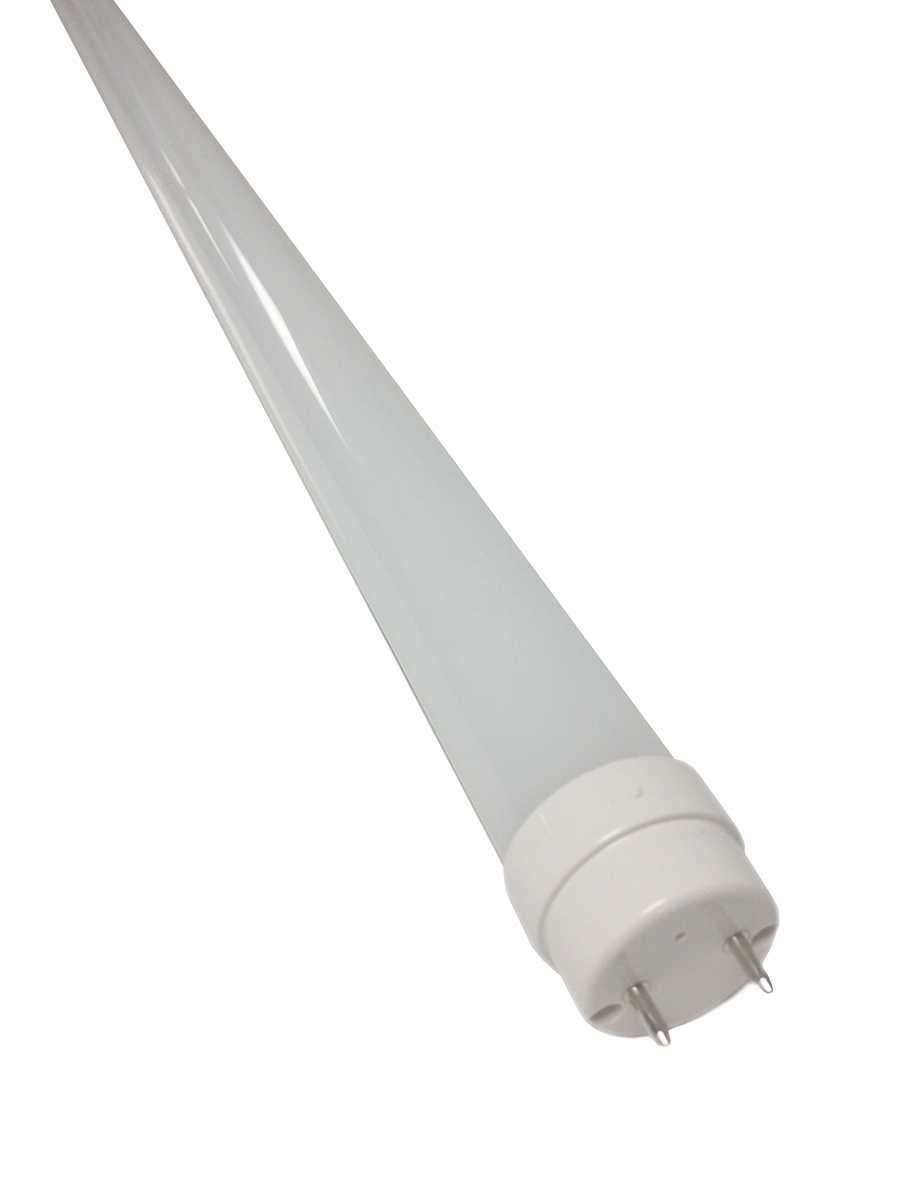My Cart
- Home
- Lighting
- LED Lights
- LEDware LED Tube Light 240V 1.2m T8 18W

LEDware LED Tube Light 240V 1.2m T8 18W
or 4 interest-free payments of $
 Info
Info
LEDware LED Tube Light 240V 1.2m T8 18W 1900Lm CW SAA Int Isolated Power Frosted Direct Replaceable - LED-TL-T8CW-18WU
- description
LED tubes are designed to replace standard fluorescent tubes. They emit a cool white light whilst also reducing power consumption which in turn, saves money.
The physical glass tube used in traditional fluorescent tubes has been replaced by a more robust plastic composition making these LED tubes considerably safer.
9W LED tubes replace 18W standard fluorescents and 18W LED tubes replace 36W standard fluorescents and are available in both 600mm and 1200mm lengths.
What are the immediate benefits of switching to LED lighting?
This revolutionary leap in technology is poised to redefine the future of Australian lighting, saving you money while also benefitting the environment. Read on for a list of immediate benefits:
- Cost Saving: LED lights run on 90% less energy than standard halogen lights which equates to massive savings on electricity bills which are often comprised of 50% lighting costs
- Light Life: LED lights last up to 50 times longer than a standard Halogen light globe. At 45,000 hours you only need to change the globes once every 30 years.
- Efficiency: LEDs produce more light per watt than incandescent bulbs.
- Colour: LEDs can emit light of an intended colour without the use of colour filters required in traditional lighting methods. This is more efficient and will lower on-going costs.
- Size: LEDs can be very small and are easily populated onto printed circuit boards.
- On/Off time: LEDs light up immediately.
- Cycling: LEDs are ideal for use in applications that are subject to frequent on-off cycling, as opposed to fluorescent lamps that burn out more quickly when cycled frequently, or HID lamps that require a long time before restarting.
- Cool light: In contrast to most light sources, LEDs radiate very little heat in the form of IR that can cause damage to sensitive objects or fabrics. Wasted energy is dispersed as heat through the base of the LED.
- Slow failure: LEDs mostly fail by dimming over time, rather than the abrupt burn-out of incandescent bulbs.
- Lifetime: LEDs can have a long useful life. LED life is approx. 35,000 to 50,000 hours of useful life, though time to complete failure may be longer. Fluorescent tubes typically are rated at about 10,000 to 15,000 hours, depending partly on the conditions of use, and incandescent light bulbs at 1,000–2,000 hours.
- Shock resistance: LEDs, being solid state components, are difficult to damage with external shock, as opposed to fluorescent and incandescent bulbs which are fragile.
- Focus: The solid package of the LED can be designed to focus its light. Incandescent and fluorescent sources often require an external reflector to collect light and direct it in a usable manner.
- Toxicity: LEDs do not contain mercury, unlike fluorescent lamps.




